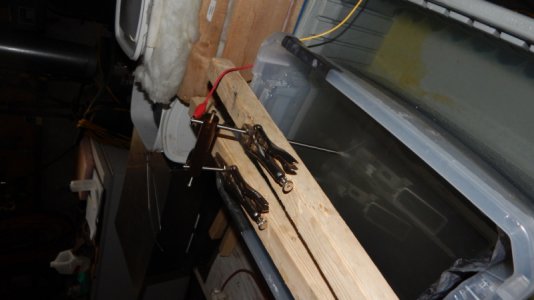- Joined
- Jan 31, 2021
- Messages
- 7
I've been doing the anodizing thing for a little over a year now. I must say I've had great results with the exception of I was anodizing the aluminum pulleys on my '68 Camaro and to my dismay the pulleys I tried to anodize were not "billet" or pure aluminum. At this point the parts do really weird things. On my process I do use the 720 rule and stick by it. I do the acid bath (which does not need to get over 70 degrees temp wise) then out of the bath and into the ro/di rinse water. I use only titanium wire and bolts and nuts for hanging the parts. Watch what aluminum your trying to anodize, some doesn't do well. Anyway, after the rinse step I go into the dye solution I've tried several temps on different colors. You need to keep this temp pretty consistent. I use no more than 140 degrees on most things but try to stay below this. On red colors I go between 125-130 degrees for best color saturation, as stated above anything hotter starts to seal the anodizing. The longer in the dye, the deeper the color. I have left parts in the dye for 30 minutes before without any problems. I mixed some red bordeaux and black for my pulleys and they turned out really nice. After the dye, I rinse in ro/di water and then into the sealing solution (some use just boiling water) I use the nickel acetate solution, for about 15 minutes. Rinse in ro/di and your finished. I have a link to where I bought my goods, just didn't know if it was ok to post here. Any questions let me know and I'll try to help.



